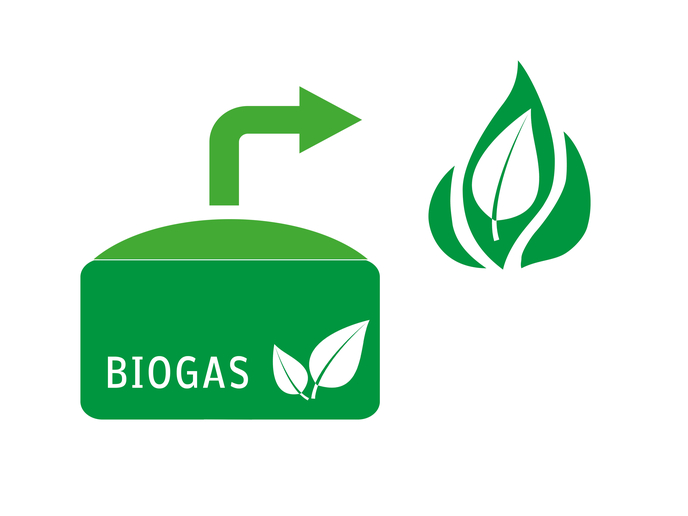Safe and sustainable geopolymer concrete
Low carbon alternatives to OPC are being actively sought by scientists. One solution is geopolymer materials, low CO2 binders that can be produced by reusing industrial wastes like fly ash from coal-fired power stations or blast furnace slag. However, the development of synthetic building materials is currently hampered by public health and safety concerns. The EU-funded Horizon 2020 By-BM (By-products for Building Materials) project addressed these challenges by developing environmentally-safe geopolymer building materials that comply with safety standards. “The initiative combined experience gained from geopolymer and radiological research to develop new eco-innovative construction materials with a low CO2 footprint from the recycling of industrial by-products,” says project coordinator Prof. Marios Soutsos. Geopolymer concrete offers several benefits over conventional OPC apart from significantly lower CO2 emissions. For example it provides improved fire resistance and a viable use for ‘waste’ materials, which may otherwise be destined for landfill. Concerns addressed Although the geopolymer concrete can be beneficial from both an economic and sustainability perspective, there are concerns among public authorities and scientists. “In some cases, constituents in the by-product may affect human health and pose environmental risks. In addition to the potentially toxic compounds, there is a possible risk from enhanced levels of naturally occurring radioisotopes (NORs),” explains By-BM research fellow Dr Zoltán Sas. Project partners therefore developed innovative, low CO2 and inherently safe geopolymer concrete from industrial wastes with as low radiological risk as possible according to the European Basic Safety standards defined in the EU’s Council Directive (2013/59/Euratom). Researchers collated scientific reports concerning NOR content in industrial by-products and constructed a database to provide information about the global situation. In addition, data on various industrial by-products from different European countries were collected. This included air pollution control residue from municipal waste incineration, fly ash from coalfired power stations, cement kiln dust, incinerated sewage sludge ash and red mud from aluminium oxide production. Database of geopolymer samples Scientists determined the mineralogical and chemical composition of the by-products using X-ray diffraction and X-ray fluorescence and the NOR content through high-resolution gamma spectrometry. The radon release rate, a radioactive gaseous element, was measured using a radon accumulation chamber connected to active radon monitors. “Owing to the gamma spectrometry new information was published regarding the NOR content of certain by-products such as cement kiln dust, sewage sludge ash, and the dust from incinerators,” comments Prof. Soutsos. The consortium also classified geopolymer samples according to the current national legislation, standards and recommendations based on their NOR content. The online version of the draft NOR database can be used to identify safe selection of materials according to their constituents, i.e. the use of by-products and other raw materials. According to Prof. Soutsos and Dr Sas: “With the database, it is possible to identify the materials with elevated risk and furthermore their possible variability.” By-BM can be used by the construction industry to ascertain the safe use of by-products in geopolymer concrete based on their radiological features. “It will enable researchers to better understand how the radiological aspects of industrial by-products should be considered regarding the reuse of these materials for new construction materials and how the risk originated from the NOR content can be minimised,” Prof. Soutsos concludes.
Keywords
By-BM, geopolymer, concrete, naturally occurring radioisotopes (NOR), carbon dioxide (CO2)







